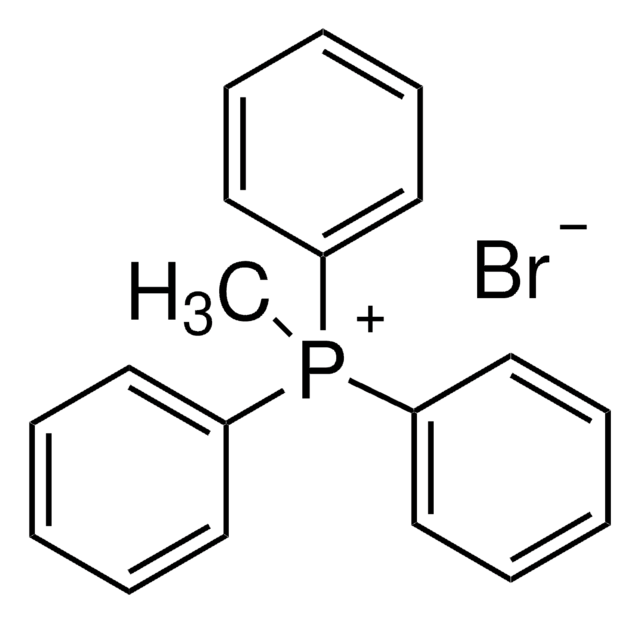49143
Mettler-Toledo Calibration substance ME 51143095, Potassium nitrate
traceable to primary standards (LGC)
Sinonimo/i:
Potassium nitrate
About This Item
Prodotti consigliati
Grado
analytical standard
Livello qualitativo
Qualità
traceable to primary standards (LGC)
Durata
limited shelf life, expiry date on the label
Punto di fusione
334 °C (lit.)
applicazioni
food and beverages
pharmaceutical
Formato
neat
Stringa SMILE
[K+].[O-][N+]([O-])=O
InChI
1S/K.NO3/c;2-1(3)4/q+1;-1
FGIUAXJPYTZDNR-UHFFFAOYSA-N
Cerchi prodotti simili? Visita Guida al confronto tra prodotti
Categorie correlate
Descrizione generale
The melting point value equals a mean of 6 to 12 measurements with a Mettler-Toledo MP90 Excellence instrument that is calibrated with primary standards. The mp value is found using Capillary method, in accordance with European Pharmacopeia (2.2.14.)
Applicazioni
Caratteristiche e vantaggi
- Melting point traceable to a primary standard (LGC, London)
- Physically correct and heating rate dependent melting point evaluations using thermodynamic and pharmacopeia modes of testing, respectively
- Certificates of analysis and safety data sheet provided
- Uncertainty of measurement up to ± 0.5 °C
Note legali
Avvertenze
Warning
Indicazioni di pericolo
Consigli di prudenza
Classi di pericolo
Ox. Sol. 3
Codice della classe di stoccaggio
5.1B - Oxidizing hazardous materials
Classe di pericolosità dell'acqua (WGK)
WGK 1
Punto d’infiammabilità (°F)
Not applicable
Punto d’infiammabilità (°C)
Not applicable
Dispositivi di protezione individuale
Eyeshields, Gloves, type P3 (EN 143) respirator cartridges
Scegli una delle versioni più recenti:
Possiedi già questo prodotto?
I documenti relativi ai prodotti acquistati recentemente sono disponibili nell’Archivio dei documenti.
I clienti hanno visto anche
Il team dei nostri ricercatori vanta grande esperienza in tutte le aree della ricerca quali Life Science, scienza dei materiali, sintesi chimica, cromatografia, discipline analitiche, ecc..
Contatta l'Assistenza Tecnica.











